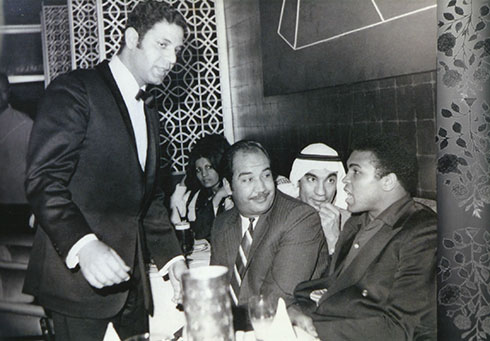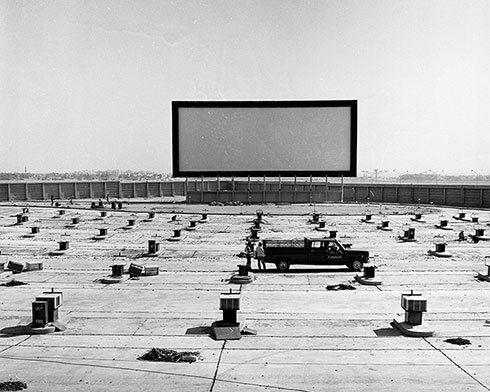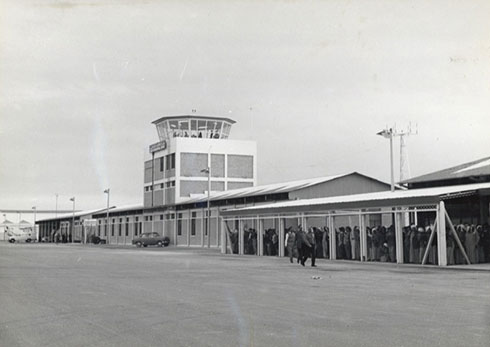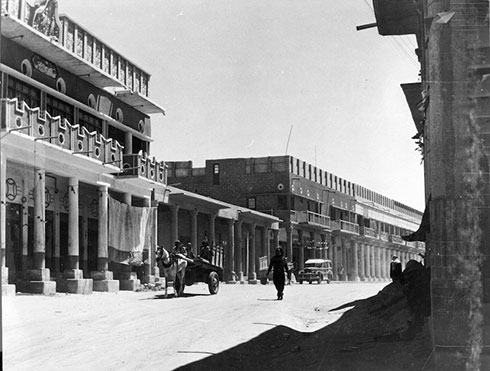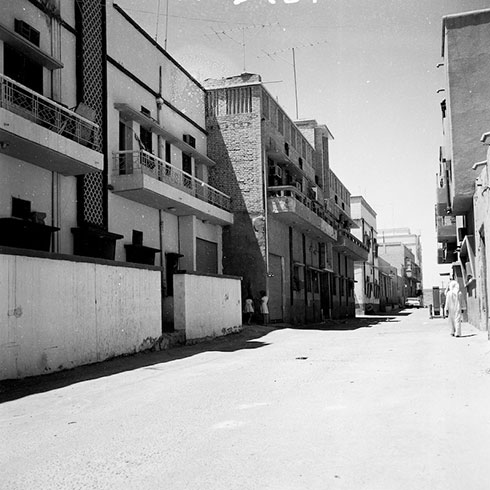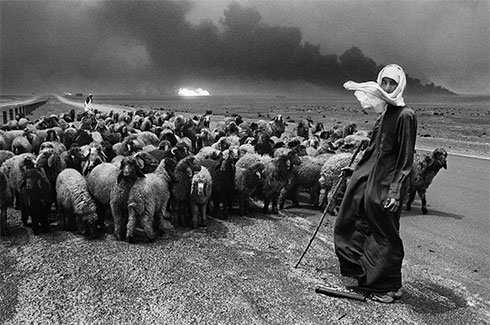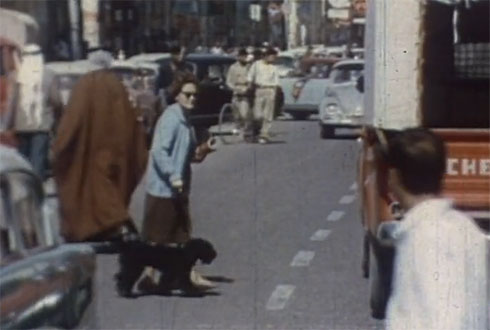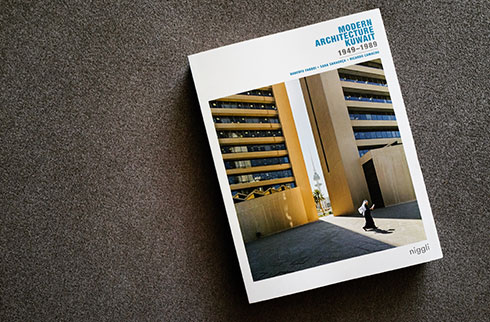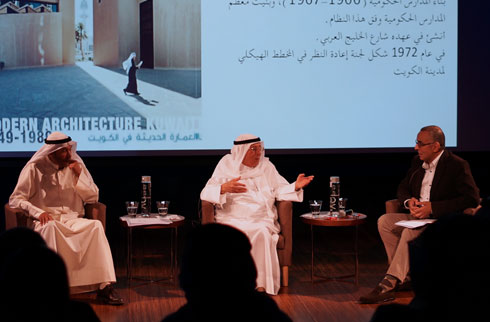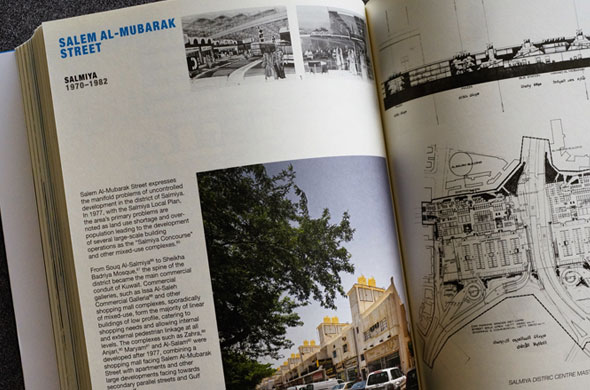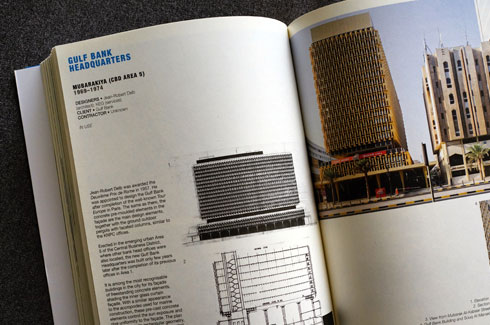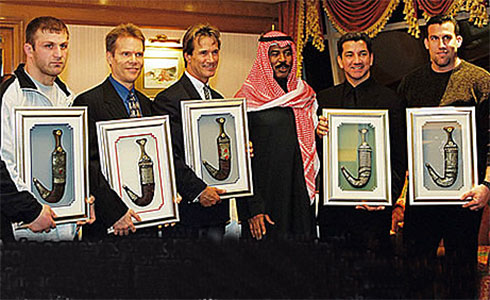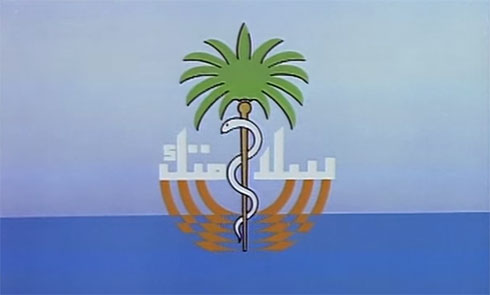
The Kuwait Marriott Hotel used to be located in Shuwaikh where the KPC building is located right now. [Google Maps]
In 1972, Santa Paula was sold to “Oceanic Sun Line Special Shipping Company Inc” of Greece and she was renamed Stella Polaris. It was intended for her to become a cruise ship. Although she arrived in Piraeus on December 11, she remained laid up until 1976, when she was obtained by the Marriott Group, and four Kuwaiti companies. She was sent to Rijeka, Yugoslavia (today’s Croatia) where she was converted for the use as a luxury floating hotel in Kuwait City. She arrived in Kuwait in September 1978 having been renamed the “Kuwait Marriott Hotel.” On October 17 workers commenced to raise the harbour bed at her specially prepared berth as hull was to remain to be permanently grounded. This was completed and she officially opened as a hotel on February 1, 1980. In 1989 she was renamed the “Ramada al Salam Hotel” but soon disaster would hit this fine vessel!
However, when Iraq invaded Kuwait in 1991 the ship was attacked and she was bombed and set ablaze totally destroying this once magnificent ship. Upon inspection she was considered a total loss. Many of her machinery spares, which somehow remained in perfect order were sold and were used for her sister ship, the ex Santa Rosa by Regency Cruises as she was being rebuilt as the SS Regent Rainbow. Today this fine totally rebuilt ship continues to sail on as the SS “The Emerald.” The “Ramada al Salaam Hotel,” ex Santa Paula was scrapped in 2002, however it is said that parts of the ship are still visible at her final resting place. [Source]

I wonder if it’s true that some of the ship parts are still visible. I never thought of going and checking it out.
Here are pictures of the hotel before it’s destruction:
Here are pictures of the hotel after it’s destruction:
Pictures collected from various sources online.





















